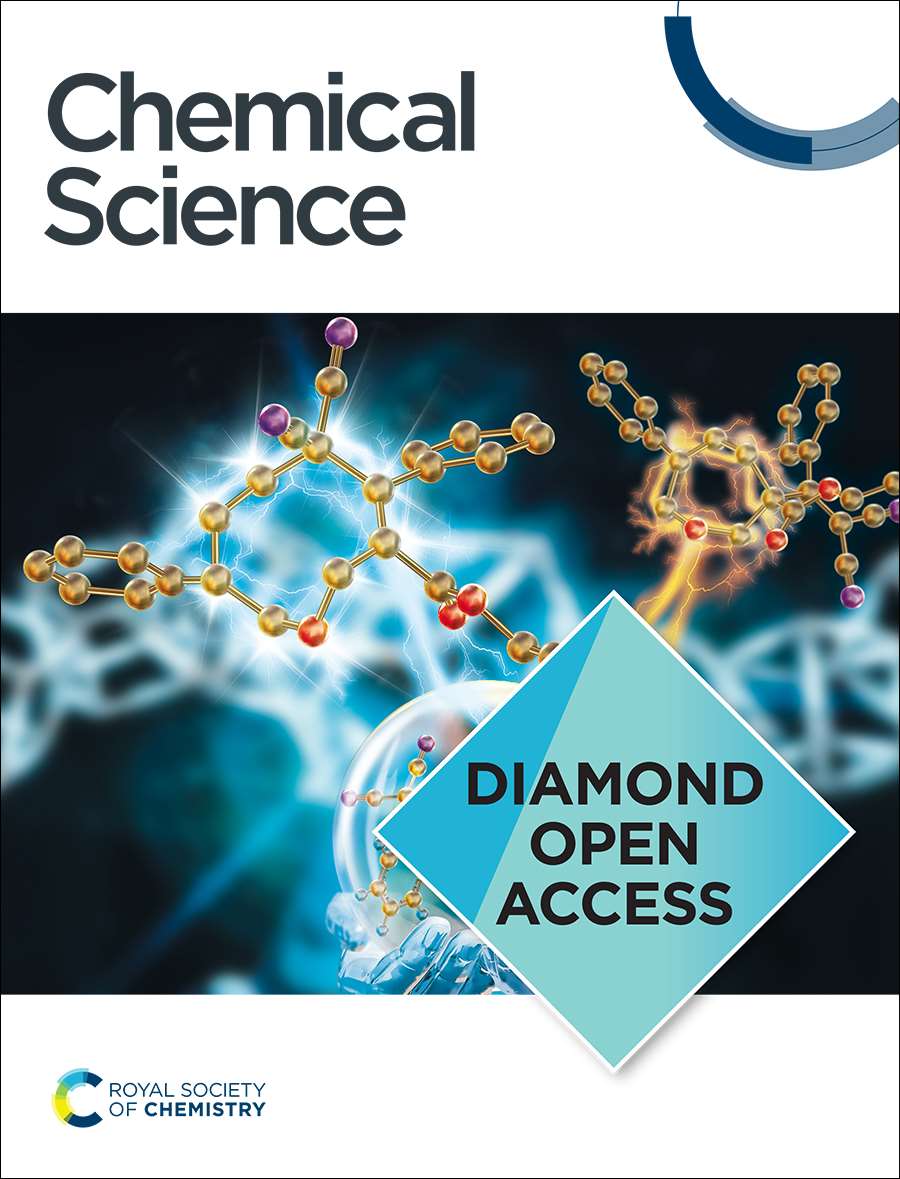Electrochemical promoted defluorinative sulfoximination and fluorosulfonylation of non-activated aryl fluorides at room temperature
IF 7.4
1区 化学
Q1 CHEMISTRY, MULTIDISCIPLINARY
引用次数: 0
Abstract
Due to the high bond dissociation energy and kinetic inertness of the C–F bond, direct activation of inert aryl fluorides for new transformations under mild conditions remains a significant challenge. Although it has been known that single electron reduction can be applied for the activation of inert aryl fluorides at room temperature, the need for very strong reduction conditions along with the competitive side reactions during the reduction process limits the synthetic applications. Herein, by leveraging the advantages of electrosynthesis and the versatile transformation nature of aryl radicals, two types of challenging defluorinative transformations of non-activated aryl fluorides which include the sulfoximination via cheap nickel catalysis and the transition metal catalyst-free fluorosulfonylation at room temperature have been disclosed for the first time. These reactions show good functional group tolerance and can be applied for the late-stage modifications of bioactive derivatives. As for the practical nickel-catalyzed defluorinative sulfoximination, detailed mechanistic studies reveal that after the cathodic reduction of aryl fluorides to form the key aryl radical, a subsequent nickel-promoted C–N bond formation via paired electrolysis is responsible for the success.电化学促进非活化芳基氟化物在室温下的去氟亚胺化和氟磺化
由于C-F键的高键解离能和动力学惰性,在温和条件下直接激活惰性氟芳基化合物进行新的转化仍然是一个重大挑战。虽然已知单电子还原可用于惰性芳基氟化物在室温下的活化,但需要很强的还原条件以及还原过程中的竞争性副反应限制了合成应用。本文利用电合成的优势和芳基自由基的多用途转化性质,首次公开了两种具有挑战性的非活化芳基氟化物的降氟转化,即通过廉价镍催化亚砜亚胺化和在室温下无过渡金属催化剂的氟磺化。这些反应具有良好的官能团耐受性,可用于生物活性衍生物的后期修饰。对于实际的镍催化脱氟亚胺化反应,详细的机理研究表明,在芳基氟化物阴极还原形成关键芳基自由基后,随后通过配对电解镍促进C-N键的形成是成功的原因。
本文章由计算机程序翻译,如有差异,请以英文原文为准。
求助全文
约1分钟内获得全文
求助全文
来源期刊

Chemical Science
CHEMISTRY, MULTIDISCIPLINARY-
CiteScore
14.40
自引率
4.80%
发文量
1352
审稿时长
2.1 months
期刊介绍:
Chemical Science is a journal that encompasses various disciplines within the chemical sciences. Its scope includes publishing ground-breaking research with significant implications for its respective field, as well as appealing to a wider audience in related areas. To be considered for publication, articles must showcase innovative and original advances in their field of study and be presented in a manner that is understandable to scientists from diverse backgrounds. However, the journal generally does not publish highly specialized research.
 求助内容:
求助内容: 应助结果提醒方式:
应助结果提醒方式:


